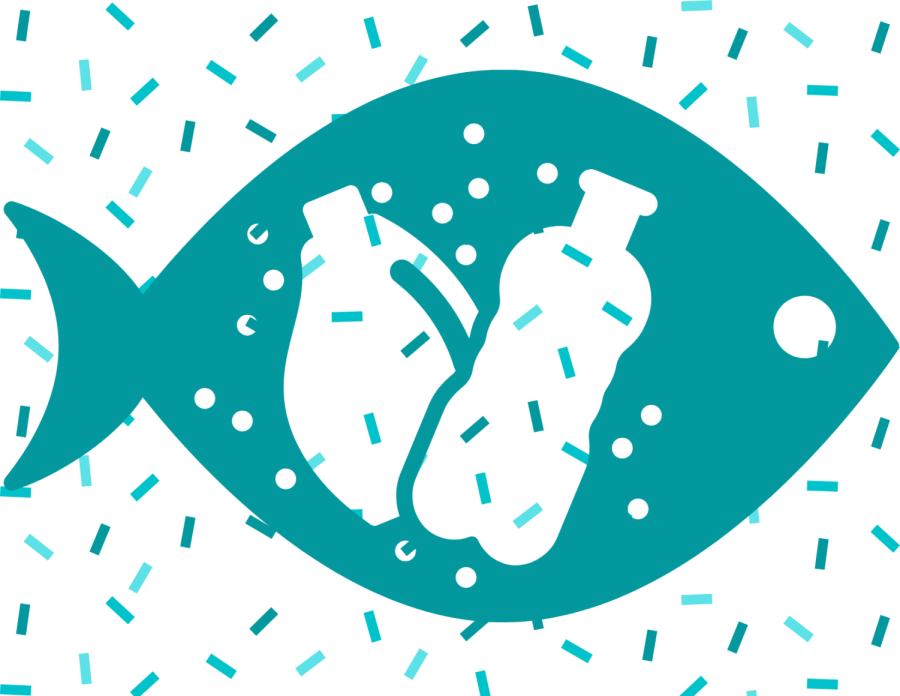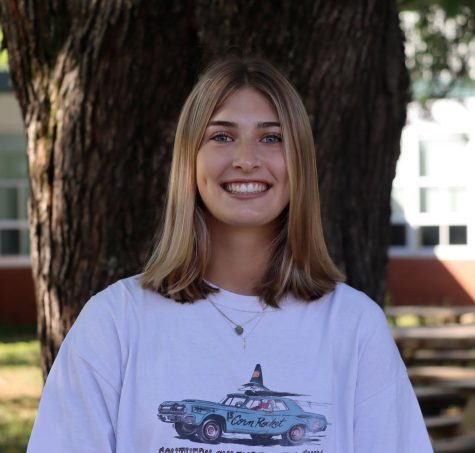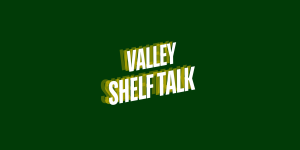The Not-So Micro Problem to Microplastics
April 8, 2022
“When plastics do break down, they don’t biodegrade; rather, they break into increasingly smaller pieces, many of which end up in the oceans as microplastics that harm aquatic life and birds, ” Said award-winning geneticist and broadcaster, David Suzuki.
What are microplastics?
Microplastics are small, less than five millimeters long, pieces of plastic that end up in oceans. Examples of these are plastic fibers in synthetic clothing and plastic pellets used in industrial manufacturing and microbeads, which are found in most health and beauty products.
According to a study done by IOP Science, 99.8% of ocean plastic since 1950 has sunken under the first few hundred feet of the ocean. Though scientists initially believed the plastics would float, this unforeseen outcome has led to the interference of deep-sea food webs.
It is estimated the number of individual animals affected by plastic would be in the billions. Microplastic start their disruption at the bottom of the food chain with zooplankton. When zooplankton eat these tiny particles they pass them to their predators such as larger fish, then they get eaten and the cycle continues. Once these plastics are consumed the consequences can be destructive, from marine species developing neurological damage to threats to biodiversity.
Why should I care now?
According to Katharine Lang from Medical News Today, scientists have tested blood for plastic and have found microparticles of four common plastics in samples from 17 out of 22 healthy adults. This is the first time these particles have been detected in blood and there are now multiple studies being done on microplastics’ effect on the body, specifically the cells.
The main way microplastics enter the body is through ingesting food, water, or by products like lip gloss, toothpaste or tattoo ink. The negative impact microplastics can have on the body are neurotoxicity, metabolic disturbances, and an increased cancer risk.
The human body isn’t the only living organism being affected by microplastics, our wildlife is facing fatal consequences. The ingestion of these microplastics can spiral the food web out of place causing potential extinction, but keep in mind that a species doesn’t need to be extinct to radically affect other species in the food web.
How can I help?
There are many simple ways to reduce the amount of plastic in the environment and in living species, here is a visual of some of them:









